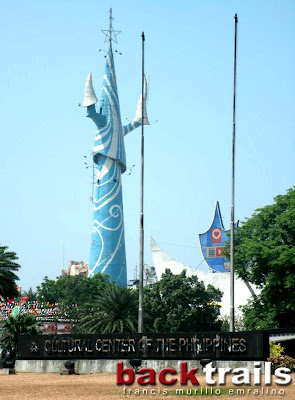 This day undoubtedly will be filled again with speeches, applauses, and scents of wreaths. It is our 113th year of independence and we should be thankful that we reached this far. However, I think we should all go beyond the predictable speeches and pomp accorded to this day. I believe we should look forward and think how we can further sustain our independence.
This day undoubtedly will be filled again with speeches, applauses, and scents of wreaths. It is our 113th year of independence and we should be thankful that we reached this far. However, I think we should all go beyond the predictable speeches and pomp accorded to this day. I believe we should look forward and think how we can further sustain our independence.
Look around. We have right now an unhampered access to the internet, something that is possible in other countries. On the internet, we have different platforms to express our views, share stories, even engage in discourse in practically anything under the sun – the wars in the Middle East, the power expansion of those who see their nations as superpowers, love, scandals, showbiz rumors, you name it. We also have all sorts of fashion for both men and women – clothing, shoes, and bags to satisfy the people’s cravings. We have newspapers. We have the right to vote. We have a country we can proudly say our own. We have a national language. All these things – both the serious and the fad – trace their roots in the bloody years of the Revolution, when the so-called indios, fired by a budding concept of a nation, rose against foreign rulers, the Spaniards. Of course there came the Americans along with their glorified Manifest Destiny and the Japanese and their vision of Greater East Asia Co-Prosperity Sphere. But it is only fitting to celebrate our independence on June 12. For it marks a celebration of our release from bondage to the Spaniards, and of our release from an archipelagic comatose to finally realize that we can build a country of our own.
We should also go beyond the Propagandists in Spain (Marcelo del Pilar, Graciano Lopez Jaena, Jose Rizal, etc.), the Katipunan (Andres Bonifcaio, Emilio Jacinto, etc.) and the others (Emilio Aguinaldo, Gregorio del Pilar, etc.). The big names in history were not the only ones who committed to the cause of obtaining our freedom. There are many others, nameless fighters who fought with the most primitive of weapons compared to the weaponries of the Spaniards, and they all should be honored together with the celebration of our Independence. They must be honored not only on National Heroes Day. Their blood was shed for us to have this Independence Day. To all unnamed warriors of the revolution we owe our present freedom, our present independence.
In the end, perhaps I have been quite unclear as to what my point is. But I say this: much of what we enjoy today was paid through the bloody battles of the past. We should be grateful to them (the revolutionaries) even at least for this day. Today’s celebration must not be only festive in nature. It should also be grateful, thankful. Independence came at a price. Our forefathers did that for their progenies. It is our turn to make the necessary payments and sacrifices to extend this independence for future generations. After all we are all benefitting from it.
Patuloy na itaguyod at pahalagahan ang ating kalayaan. Ipagbunyi ang ating kalayaan!
*This entry also appears at Viole(n)t Mugs Blog
 * the arched entrance;
* the arched entrance; * an image of Christ
* an image of Christ 
















































